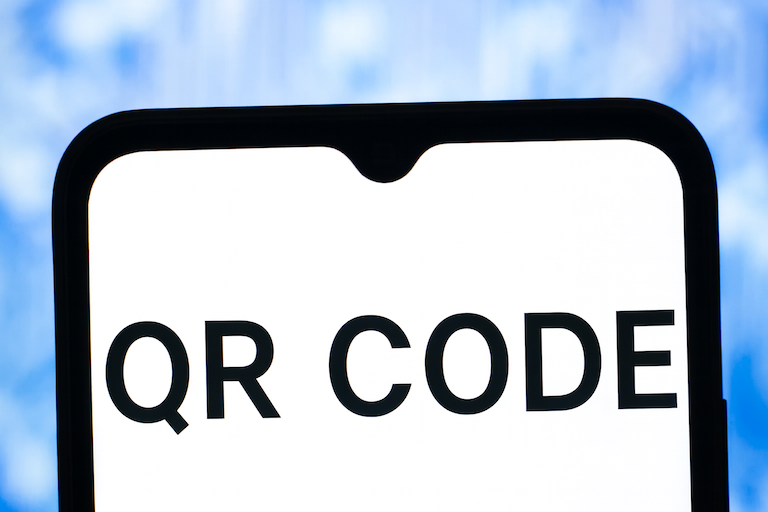Discover what QR codes are, why they’re so versatile, and how to generate free QR codes for your business or personal use.
A QR code, or Quick Response code, is a type of two-dimensional barcode that can be scanned by a smartphone or other device to access information. Developed in 1994 by Denso Wave, it's used to store data like URLs, contact information, or text.
Key Features:
Two-dimensional:Unlike traditional barcodes, QR codes store information both horizontally and vertically, allowing them to hold significantly more data.
High-speed reading:QR codes are designed for fast scanning, even when distorted or at an angle, thanks to their position detection patterns.
Versatile:They can store various types of information and be used in diverse applications, from marketing and advertising to logistics and product labeling.
How it works:
1. Encoding:Information is encoded into a pattern of black and white squares (modules) within the QR code.
2. Scanning:A device's camera, or a dedicated QR code reader app, captures the image of the QR code.
3. Decoding:The scanning device decodes the pattern and extracts the stored information.
4. Action:The extracted information is then used to perform an action, such as opening a website, displaying text, or adding a contact.
Example Applications:
- Marketing:QR codes on posters, flyers, or packaging can direct users to a website, promotional page, or video.
- Product Labeling:In manufacturing and logistics, QR codes are used to track inventory and provide product information.
- Events:QR codes can be used for event registration, ticketing, or providing event details.
- Contact Information:QR codes can store contact information and be used for easy sharing of contact details.
"The QR code was invented by Denso Wave, a Japanese company, in 1994. Specifically, Masahiro Hara and Motoaki Watabe, engineers at Denso, are credited with its creation. While Denso Wave owns the trademark for the term "QR Code", they do not profit from its widespread use"
